Do you know why SoHo is called that? It’s an acronym for South of Houston. It was invented by artists not so long ago – in the 60s of the 20th century.
In the early 19th century, Soho was a far-flung suburb, not an attractive suburb. At the time, most of the area was occupied by… a swamp. Canal Street, for example, did not exist at all – in its place was a canal that could reach the northern part of Manhattan. Later the canal was flooded, the marsh was also partially drained and new squares were built with buildings for factories, trading offices, warehouses, and wholesale shops.
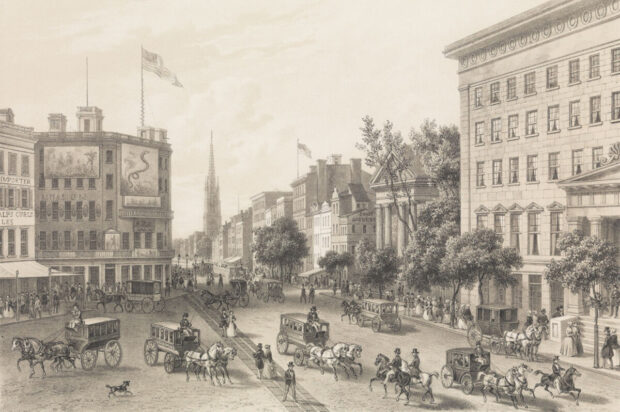
Broadway, north of Canal Street, gradually became the city’s most fashionable shopping street. Soho at that time was in the shadows – there was mainly a product of what was then sold on Broadway – «everything, from pin to pin».
In the middle of the 19th century, the area began to be built by so-called «cast-iron houses». This was the starry hour of cast iron. For the first time it was used in the construction of the English, in 1851 architect Joseph Paxton built in London the exhibition pavilion «Crystal Palace», which was actually cast iron.
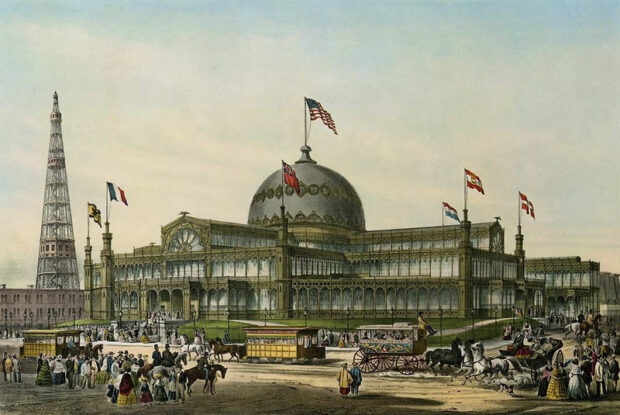
«Cast-iron» frames of houses allowed to increase their height, strength, and also to reduce the cost of the project.
In addition, cast-iron elements made it possible to decorate the facades of houses. Through intricate cornices, cash, stairs, and bars, the house became as valuable as a house. Easy to work and cheap enough cast iron has become one of the most popular building materials.
READ 20 Breathtaking Attractions in New York City Every Tourist Must See
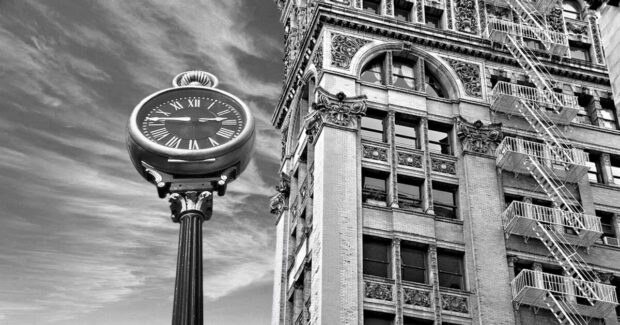
Although at that time metal structures were used everywhere, Soho is the only area in the United States where «cast-iron architecture» is preserved to this day.
It was not because of a desire to preserve historical architecture. After World War II, entire quarters of the 19th century were demolished in New York City without regret. Soho wasn’t touched just because he wasn’t interesting. At that time the area was empty, production went from Manhattan, warehouses, and factories of Soho became slums. In the city, the district was called «Hundred Acres of Hell». But in the sixties, artists came to the aid of the dying area – they gradually moved into spacious storage and factory rooms.
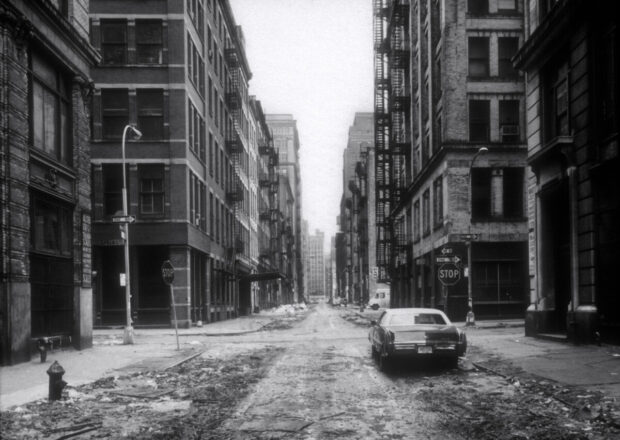
Soho area in the early 1970s.
At first, the area was to be demolished, but in 1973 the city decided to declare about 200 buildings with cast-iron facades of architectural monuments. Soho was rescued and quickly became the artistic center of the city. It was also named by artists. In 1968, when they massively attempted to obtain permits to legally reside in the former industrial area, an application to the Department of Urban Planning specified the boundaries of the settlement as South of Houston or SoHo. It was the first «abbreviated» name in urban toponymy. Soon after, others appeared, such as Tribeca, Dumbo – «The Pathway Passing under the Manhattan Bridge».
READ The Ringling Bros. and Barnum & Bailey Circus
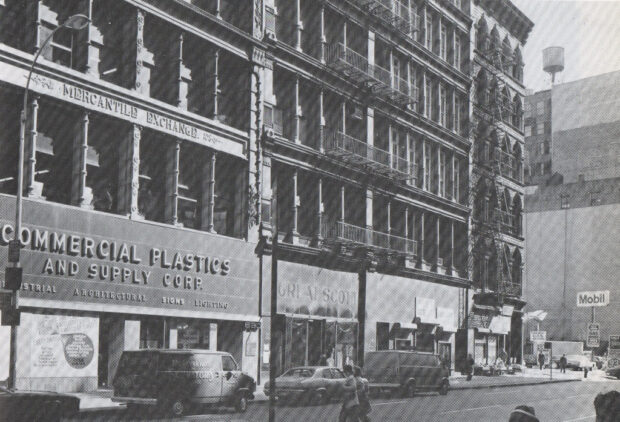
Broadway-Houston in 1975.
One of the most interesting streets in Soho is Green Street. It hasn’t changed much since the late 19th century. Walking down the street it is necessary to pay attention to houses 28-30. They have received the nickname «King and Queen of cast-iron houses Soho». Looking at the decorated street it is difficult to imagine that before it was filled with rich shops and restaurants, it was New York «street of red lanterns». In the city directory of 1859, the house at Green Street, 76 is listed as one of the best brothels for wealthy gentlemen.

A curious salute from the past can be found in the nearby Prince Street. In the area of house 99, there are semi-transparent stoves in the sidewalk and steps.
READ 15 Best Places in Winter New York
In the past, they served as daylight lighting for storage facilities located in basements. This was not done for the sake of beauty – street lighting allowed to save gaslighting. In the second half of the 19th century, many streets of Soho were paved with these slabs. Later they were removed, but on Prince Street, they were still preserved. Much later, in 1986, Francois Schein, using original 19th-century translucent street tiles, created a huge map of the New York Metro on the sidewalk. You can see it at 110 Green Street.
You can walk around Soho without looking at the Havut Building at 488-492 Broadway. This house was built by the architect John Gainor in 1857 at the request of Hevron, a world-renowned manufacturer and supplier of carved glass, mirrors, chandeliers, and decorative ceramic tiles. There were offices and shops. Many call it «the symbol of Soho» because it is one of the most famous cast-iron houses. The architect created it in the image and likeness of the building of the Venetian Library of Saint Sorvino. It was in this house that, for the first time in history, cast-iron constructions were used not only as decorative elements, but also as a bearing frame, and here for the first time, a passenger lift on hydraulic traction was built. The architects claim that it is the house that can be considered the prototype of skyscrapers.
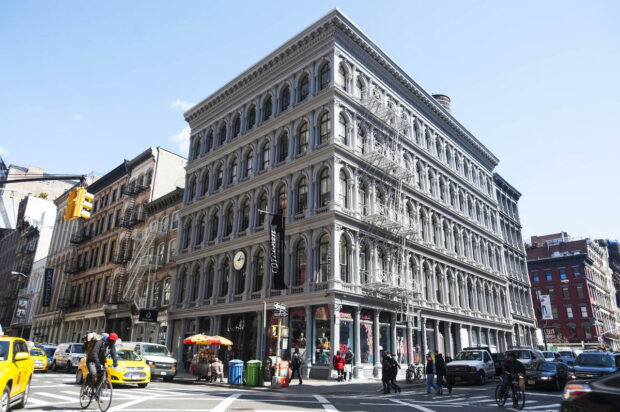
There are many other interesting houses, cozy restaurants, and galleries. Despite a large influx of tourists, Soho still manages to maintain its chamber atmosphere.
Like us on Facebook for more stories like this: